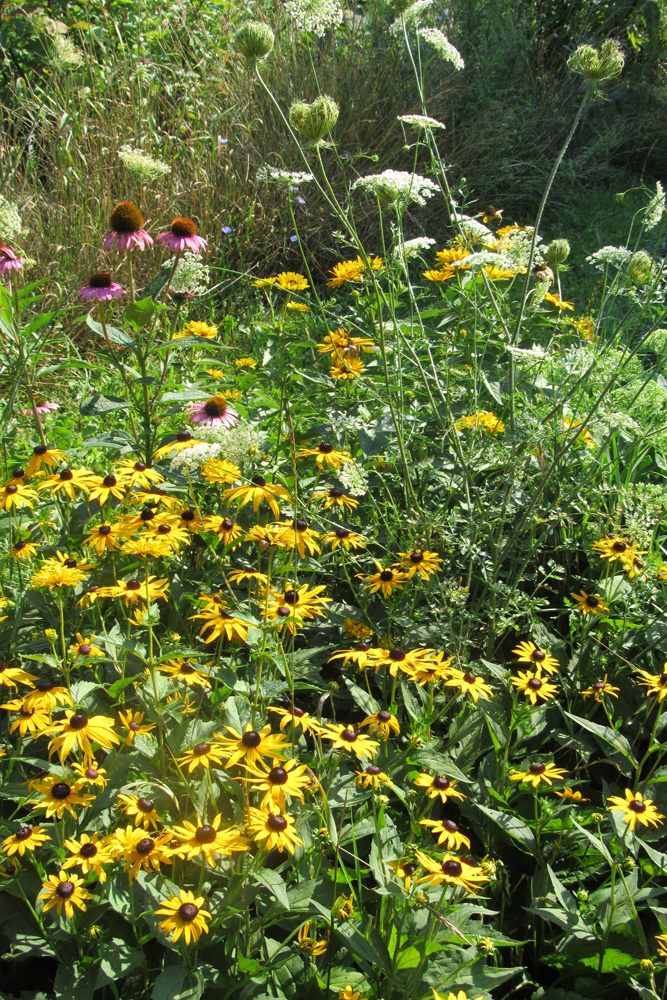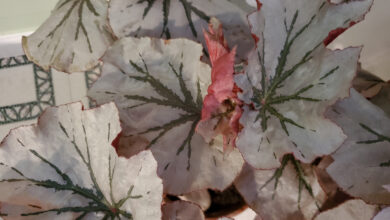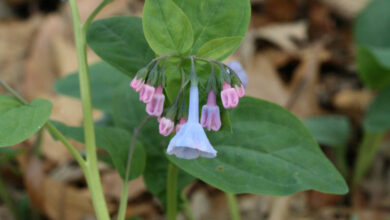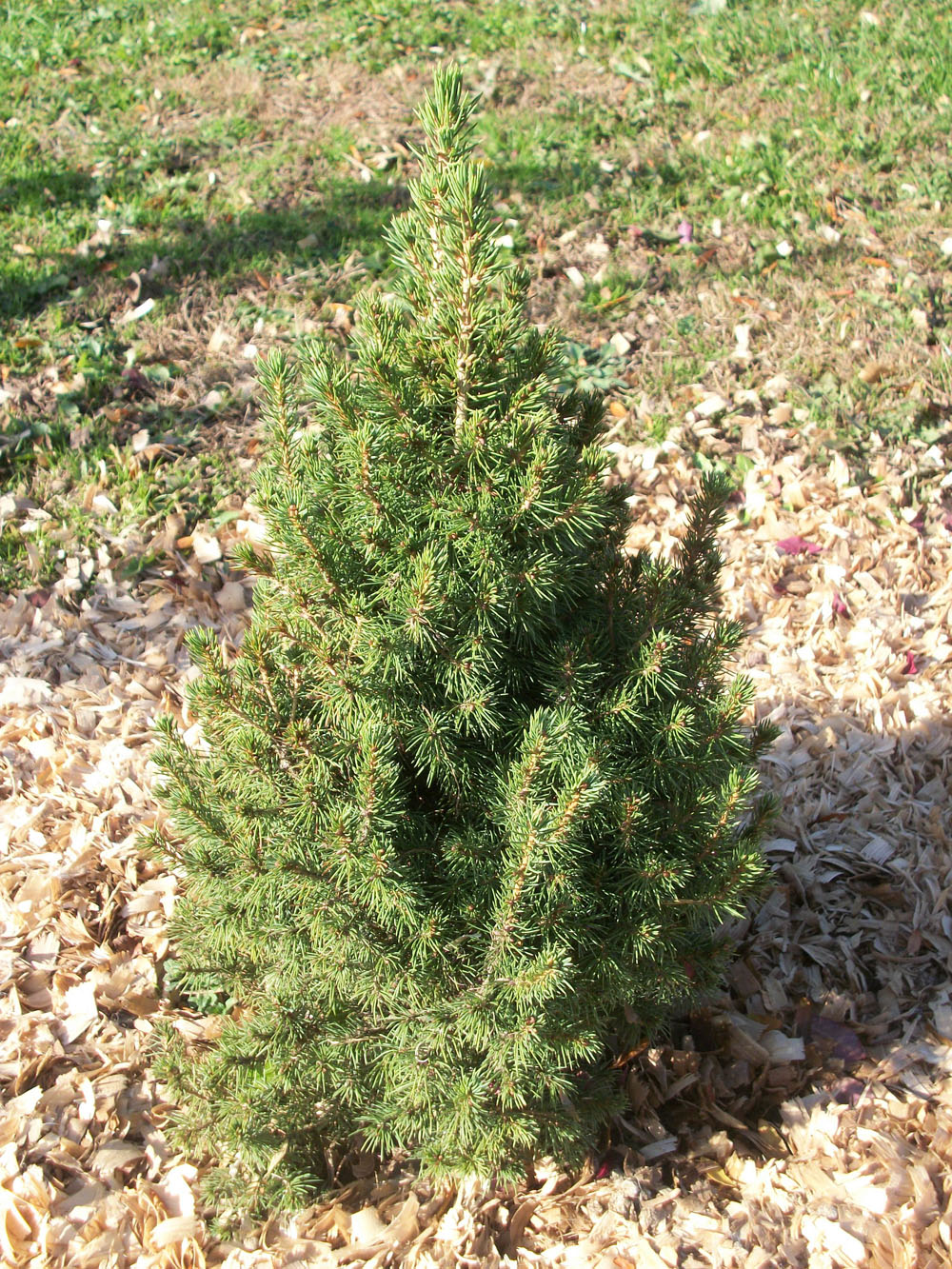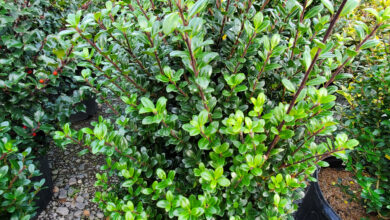Keep your garden buzzin’
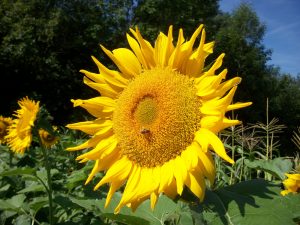
There’s something very special about walking through the garden on summer mornings. The bees and other pollinators are busy at work in the warm sunshine gorging themselves on nectar and moving pollen from flower to flower making things like tomatoes, summer squash, and pumpkins possible. If your garden is filled with the buzzing of bees, it is a good sign; it means that you have created a welcoming environment for them.
According to Cornell Cooperative Extension Putnam County, New York State is home to more than 450 native bee species. Imported honeybees join native bees in pollinating your garden, agricultural crops, and wildflowers. Most gardeners are familiar with honeybees and the challenges they have faced in recent years from colony collapse disorder, as well as the potential impacts on food supply.
New York State has established an interagency task force on pollinators, and one of its goals is enhancing pollinator habitat in our state. If you would like to encourage and support an abundance of pollinators and species diversity in your habitat, there are many things you can do.
Just like you, pollinators need shelter. Native bees do not live in hives and need places like dead wood and access to soil for a home. Brush piles, woodpiles, and some exposed undisturbed soil can create a refuge for native bees, CCE Putnam says.
If you would like something more aesthetically pleasing, you can make a decorative wattle fence of bent twigs. Rustic arbors and split rail fences can also provide shelter. You want something that will persist through the season. Varying the types of structures can attract a diversity of species to your garden.
Create an assorted buffet for the bees. That means flowers of varying sizes. Plants in the mint family and dill, for example, produce many small flowers with lots of nectar.
Finally, be knowledgable about using pesticides. Flowers are a food source for bees and other pollinators, and you don’t want to serve them poison. Use pesticides wisely. CCE Putnam advises to refrain from spraying flowering plants. If you have to spray, use a low-residual pesticide and spray when bees are not active. Know the lifecycle of the pest so that you can time treatment effectively. Choose the least toxic pesticide with the shortest residual activity to get the job done. If you are using pesticides with systemic or long residual action, you may want to remove blooms from plants, and remember some systematic pesticides may be active in a plant for years.
On the topic of bees, if you are interested in backyard beekeeping or learning more about bees, Orleans County Cornell Cooperative Extension has two upcoming programs. Beekeeping 101 class will be held Tuesday, March 31, at 6 p.m. Learn the basics of backyard beekeeping, including start-up costs, equipment, and honey harvesting tips. The course fee is $10. On Saturday, April 4, Orleans County Cornell Cooperative Extension Master Gardeners are holding their Spring Education Day at 9 a.m. The World of Bees is one of four classes being offered. Additional classes will cover hydrangeas, beans, and a make it and take it garden trellis. The cost is $25 and includes lunch. For information or to register, call 798-4265.



